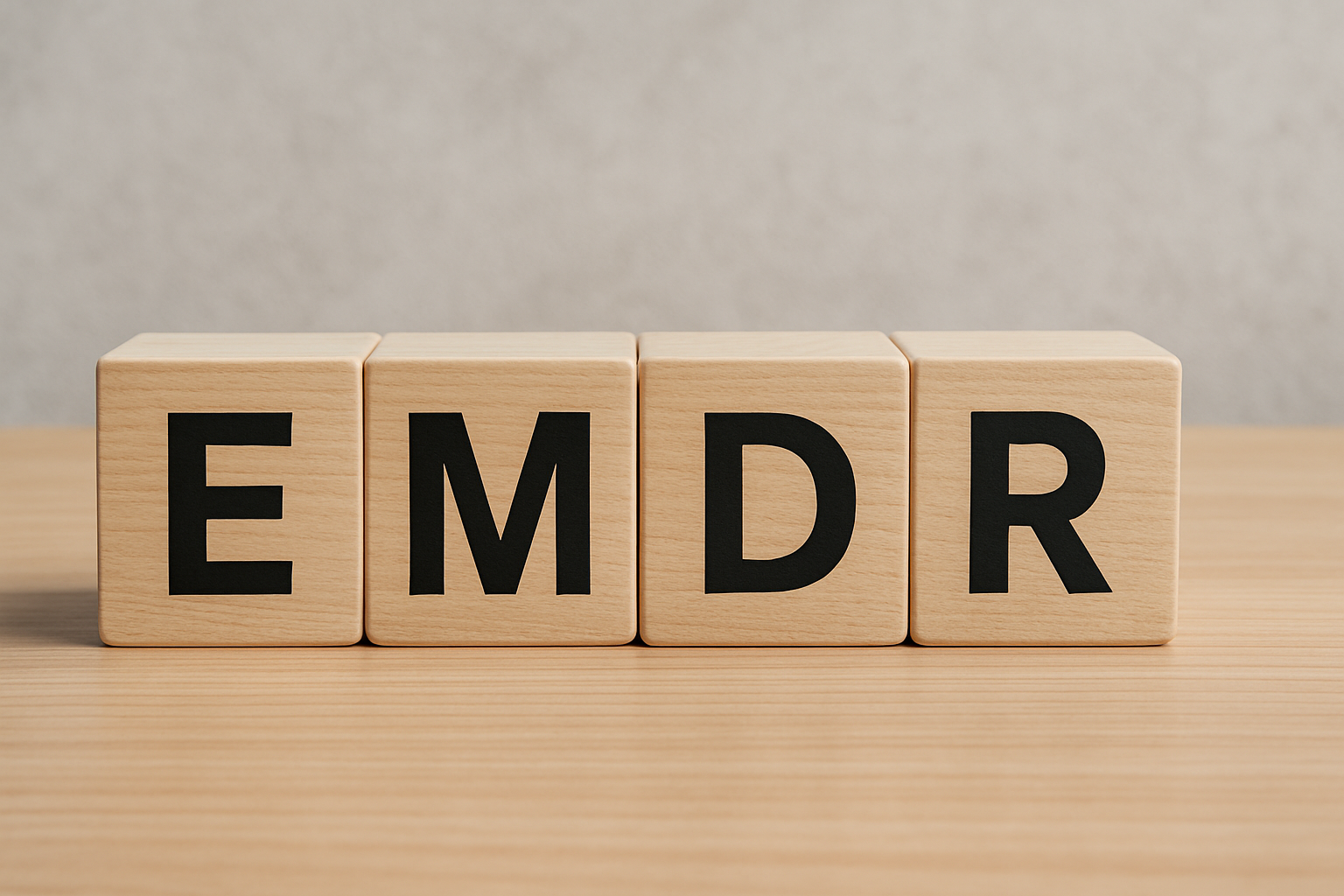How to Overcome Health Anxiety
Health anxiety is a common condition thought to affect 5 – 10% of the population. People with health anxiety will experience frequent intrusive thoughts about health which impact their ability to engage meaningfully with life. Over time, individuals living with health anxiety will develop behaviour patterns that are designed to manage the intrusive thoughts; these might include checking parts of their body, seeking reassurance from healthcare professionals or researching health conditions on the internet. The relief, if any, is short lived with these behaviours. The intrusive thoughts rapidly return and the behavioural rituals become repetitive, as people attempt to find relief from the anxiety. Avoidance is also a common feature as people avoid situations that can trigger intrusive, anxiety-related thoughts.
Over time, health anxiety and its associated rumination and behaviour rituals can become very time consuming. It can feel hard to engage meaningfully with work, family, friends or activities when preoccupied with intrusive thoughts. It can be very hard for loved ones to understand health anxiety because the intrusive thoughts might seem illogical. However to the person living with health anxiety, the thoughts feel very real and the anxiety overwhelming.
If you are experiencing health anxiety, here are our 5 top tips for overcoming it:
1. Find your Why: Take a few moments to close your eyes and visualise your future life without health anxiety.
- Who will you spend more time with?
- How will you show up at work?
- What activities or hobbies will you engage with?
- What impact will it have on your mood, sleep patterns, general wellbeing?
Open your eyes and write down what you visualised.
This is a list of your reasons why it is important to overcome health anxiety. Check in with this list often and add to it when new insights come to mind.


2. Name the Story: The intrusive thoughts that accompany health anxiety focus on death, dying and vulnerability to illness.
It’s natural to be anxious about illness and dying, but with health anxiety the thoughts feel urgent, imminent and repetitive. They trigger feelings of dread and panic and you understandably want to engage in actions to try to rid yourself of these thoughts and feelings.
Whilst the intrusive thoughts feel very real, it is important to recognise that they are stories.
If you’ve been living with health anxiety for a long time you might recognise that your health anxiety-related stories have changed over time.
The stories are catastrophic in nature and they hook you in, causing you to spend minutes, hours or days ruminating. Learn to notice, acknowledge and name the stories. For example, you might say to yourself “I notice I’m having the thought that I won't be here this time next year. This is part of the 'I'm dying' story”.
Labelling the thoughts as stories helps us to get some distance from them. You can even say to yourself “this is part of the health anxiety story”. This distance can help you to think about what action you would like to take next.
3. Learn to pay attention, with intention: Imagine you’re at the theatre watching a show, but the whole time that you’re watching the show, the spotlight is only on one character.
You’re aware that there are other characters on the stage, but you can’t see them because the spotlight is only shining on one.
When you experience health anxiety the spotlight of your attention focuses in on one part of the body or one symptom.
The more you pay attention to that body part or symptom, the more urgent and intrusive the thoughts become.

If you notice your mind trying to hook you into thoughts about one part of your body, try this: slow down or stop what you’re doing. Take a few slow breaths. Notice where your mind wants to focus (“this is part of the health anxiety story”). Now notice another part of your body, somewhere unrelated to the anxiety. Maybe your left little toe, then you right ear lobe, then the back of your right thigh….move your attention around your body. Then open up your awareness even further. Take a look around you. What can you see? Notice and name some of the things in the space around you. What can you hear? What can you smell, touch?
Learning to mindfully shift our attention outside of the body and towards the world around us can help us to move towards taking actions that are externally focused, rather than internally focused.

4. Get curious about your behaviour: Write a list of all of the behaviours that you engage in to try to relieve yourself of health anxiety and record the frequency of these actions.
Common health anxiety-related behaviours include researching health conditions on the internet, checking your body, monitoring health stats using machines or fitness monitors, asking loved ones for reassurance or making repeated visits to Healthcare Professionals.
If you have had health anxiety for a long time, it’s likely that there have been considerable costs linked to these behaviours.
You’ve likely invested a lot of time, energy and, in many cases, money in attempts to rid yourself of this anxiety.
Get curious about these actions. Over time, are they really relieving you of health anxiety? If you do feel reassured after engaging in these behaviours, is that relief long lasting? Given the costs of these behaviours, are they moving you towards the life that you want to be living, or away from it?
If these behaviour patterns are very entrenched, it’s unlikely that you’ll be able to stop them overnight. However, you can gradually begin to reduce, delay or decrease these behaviours. For example, if you’re sat at your desk at work and you have an intrusive thought about a particular health condition, rather than immediately researching this on the internet, see if you can delay this action until after your dinner that evening. You may find that by then, the urgency of the thought has subsided and you no longer need to engage in the action.
The aim here is to become more flexible in how we respond, at a behavioural level, to the anxiety-related thoughts and feelings. By delaying behavioural responses we are in fact learning to tolerate the anxiety which is an important factor in overcoming health anxiety. When we make room for anxiety, we learn that it will subside on its own eventually. We don’t need to invest lots of our time, energy and money in attempts to get rid of it.
5. Get to Living! Ultimately, the fear that usually drives health anxiety is a fear of not living a rich, full and meaningful life.
It's ironic that when in the grips of health anxiety, that's the last thing we're doing.
Return to your list of why's from the visualisation exercise in step 1.
Who do you want to spend more time with?
What self-care activities would you like to engage in?
Are there any hobbies or activities that you would like to take up or return to?
Are there any work projects that you would like to get involved in?

Start setting some meaningful goals that will allow you to move towards the rich and fulfilling life that you want. Involve family or friends in some of these goals if it helps to keep you focused and motivated. Make a note of any small wins to remind you of the progress that you’re making. If you have a bad day acknowledge it, learn from it, and move on. The trajectory out of health anxiety isn’t a straight one. There will
still be good days and bad days, but over time you will hopefully see a shift towards more better days as you free yourself from health anxiety.
If you’ve found this article helpful and would like to learn more about overcoming health anxiety, please visit www.brightsidepsychology.com to arrange a free 15-minute phone call with Dr Sophie.





